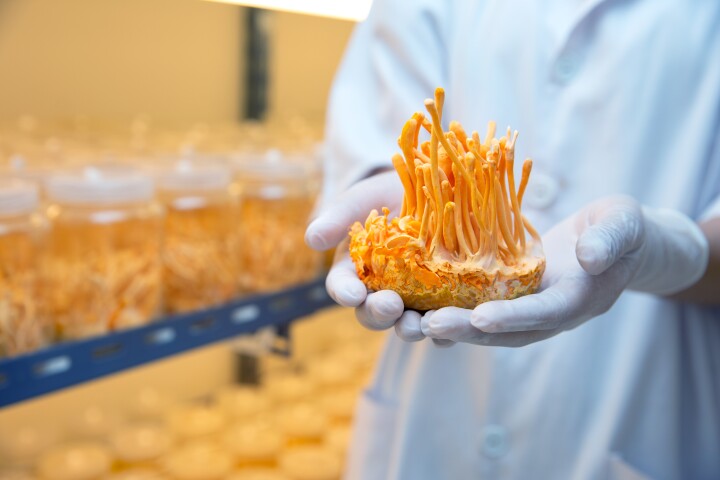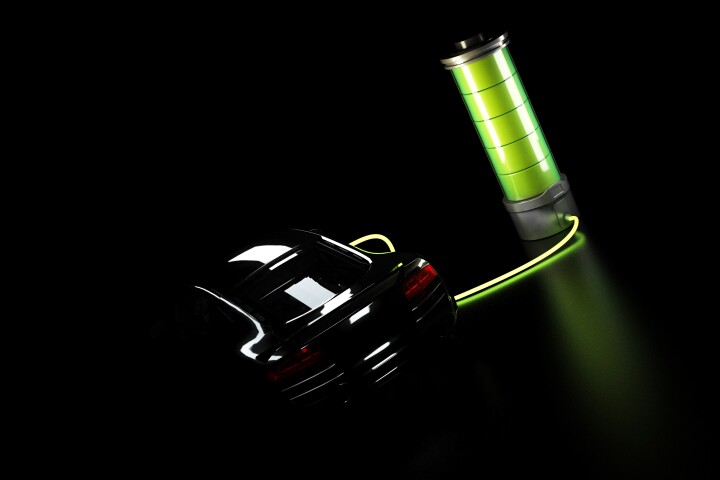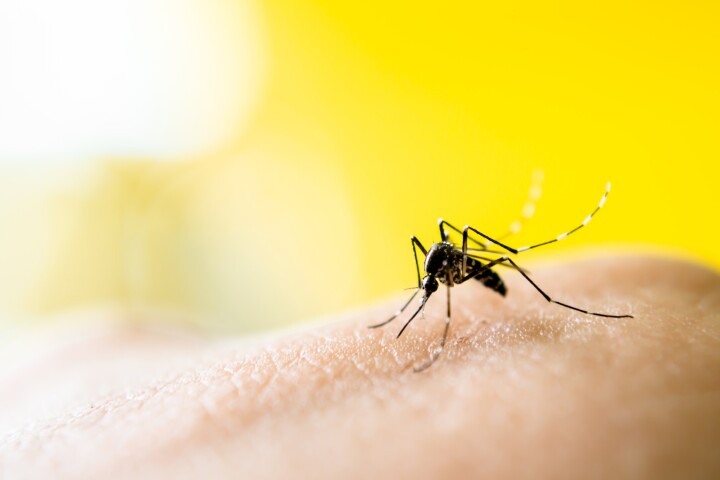
Eleanor MacKintosh’s Robo-fish uses screens in its gills to filter microplastic particles out of the water. University of Surrey View gallery – 4 images
–
Announced this May, the University of Surrey’s Natural Robots Contest invited members of the public to submit their ideas for animal- or plant-inspired robots capable of performing activities that would help the world.
Plans called for panelists from various British and European research institutes to select what they thought was the best concept, which would subsequently be made into a functional prototype. Engineers would proceed to further develop the technology, plus laypeople would also be able to do so by accessing the open-source plans for the device.
The winning entry turned out to be the plastic-collecting Robo-fish, designed by chemistry undergrad Eleanor MacKintosh – who is coincidentally a University of Surrey student.

The robot swims by flapping its tail, holding its mouth wide open to collect water (and microplastics) in an internal cavity as it does so. Once that cavity is full, the bot closes its mouth, opens its louvre-like gill flaps, and pushes the water out through those flaps by raising the floor of the cavity. A fine mesh attached to the gill flaps allows the water to pass through, but captures the plastic particles.
In its current physical form, the 50-cm (19.7-in)-long Robo-fish collects particles as small as 2 millimeters. It also sports onboard sensors to monitor turbidity and underwater light levels, plus it utilizes an IMU (inertial measurement unit) to track its movements within the water. Oh yes, and it glows in the dark.
That said, future incarnations could conceivably capture much smaller particles. Other possible improvements include a faster, more hydrodynamic body shape, a more powerful tail, and the ability to swim autonomously – the current prototype works by hard-wired remote control.

“Water pollution, especially plastic pollution, is a huge problem. It’s not just the ocean which suffers but rivers, streams, lakes and ponds. This makes it a problem without a one-size-fits-all solution,” MacKintosh told us. “My design was focused on having a versatility in its function. What better creature to address the issues in water bodies than one that lives in them? Fish are adapted to their environment, and gills are an incredible mechanism in nature that are specialized to filter oxygen into the bloodstream – so I adapted my design from that, with the purpose of creating a filter for microplastics instead.”
Contest creator Dr. Robert Siddall provides more details on the Robo-fish, in the video below. The open-source plans are available online.
Source: University of Surrey























Please keep comments to less than 150 words. No abusive material or spam will be published.